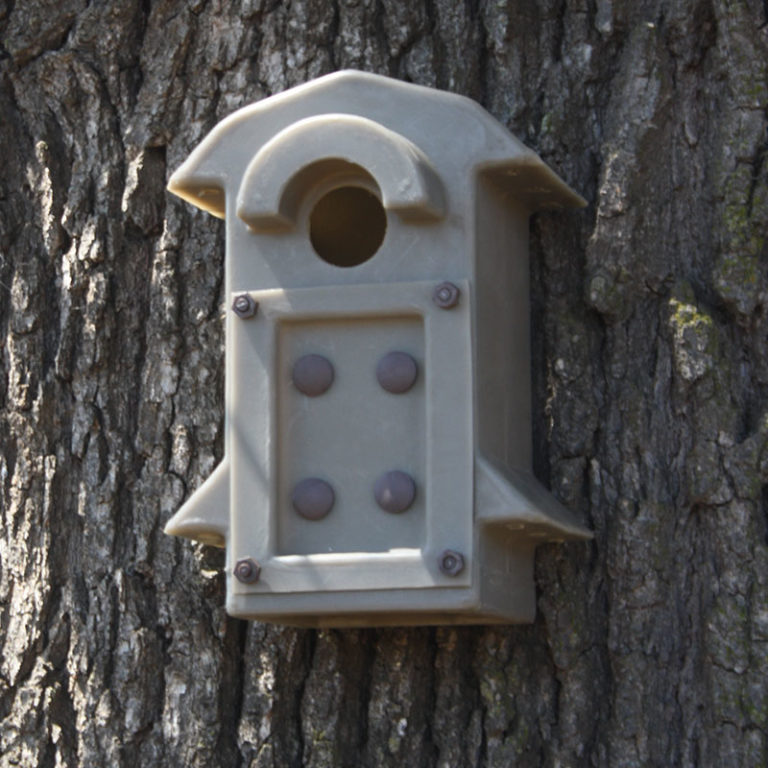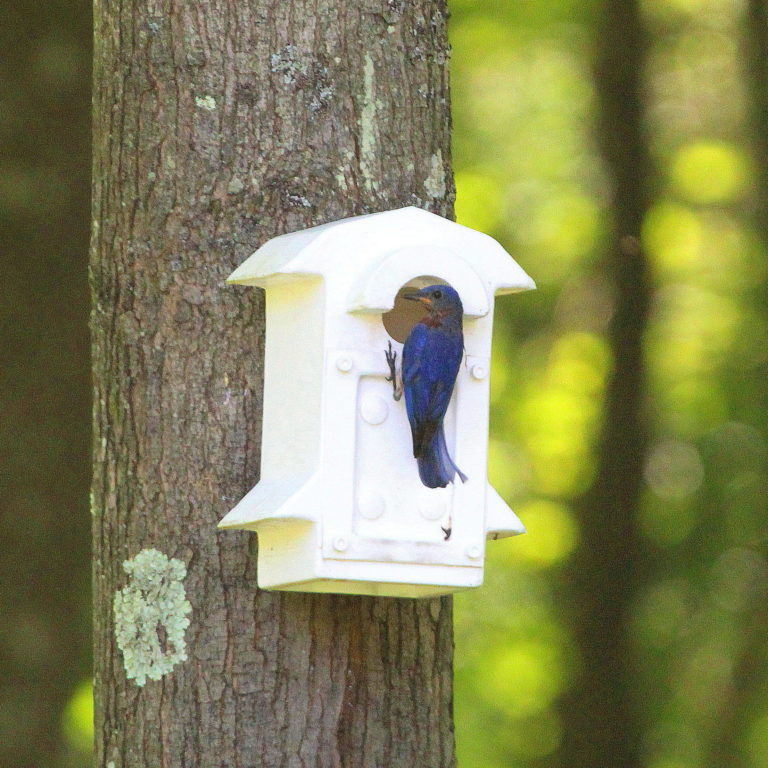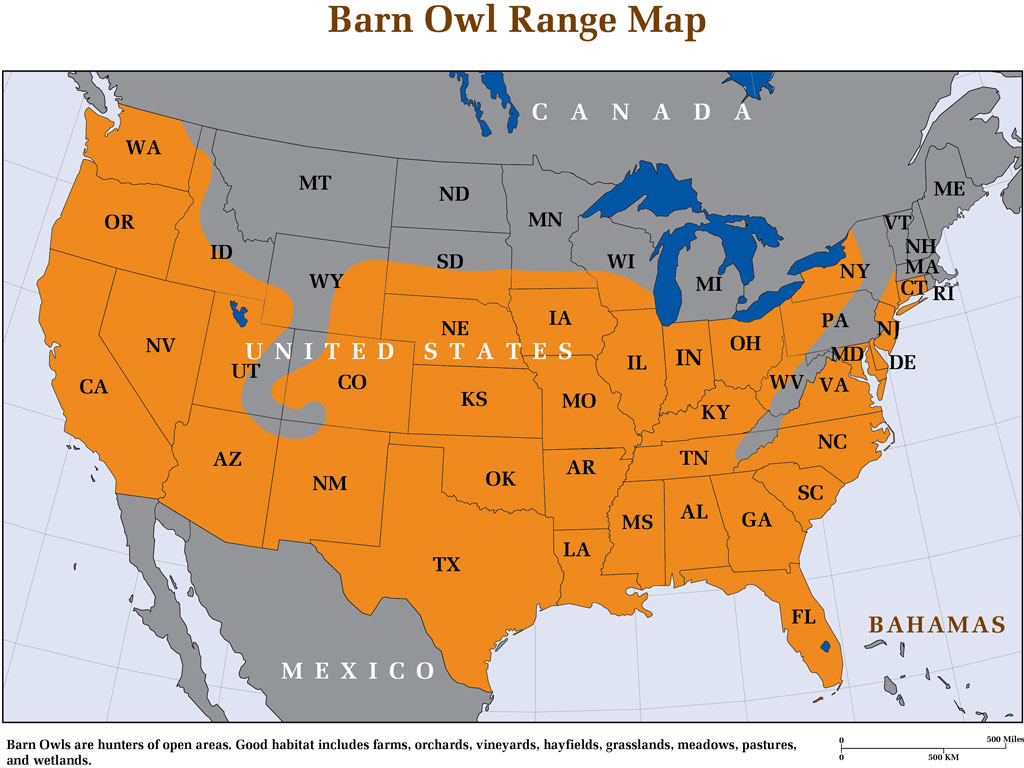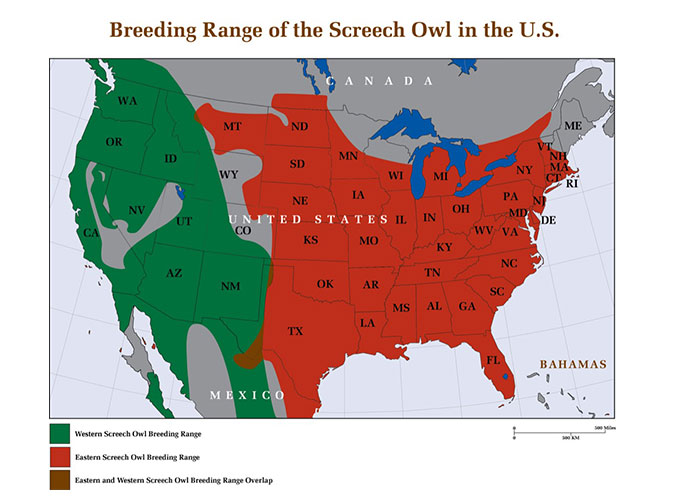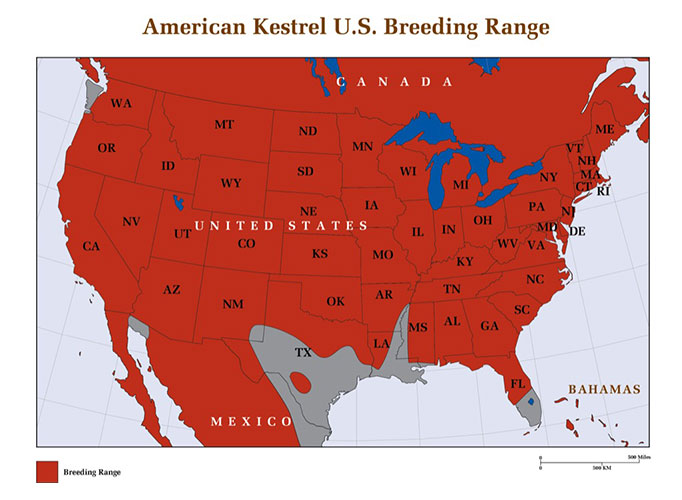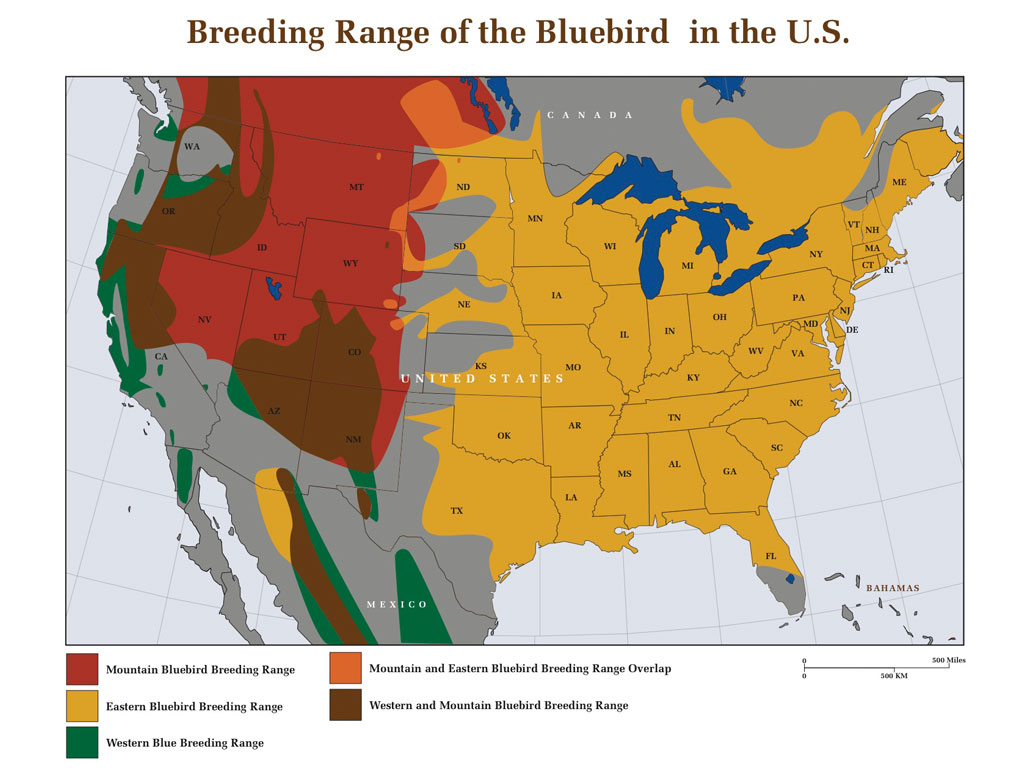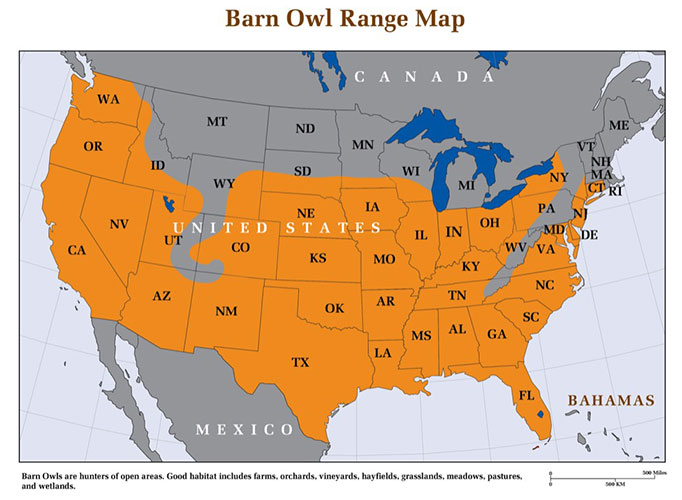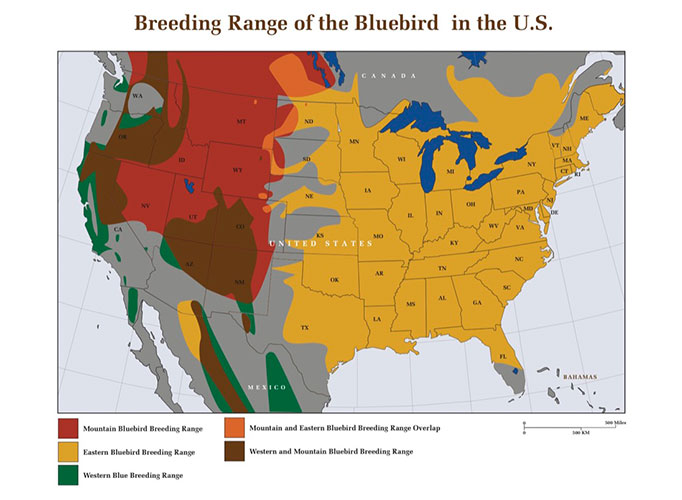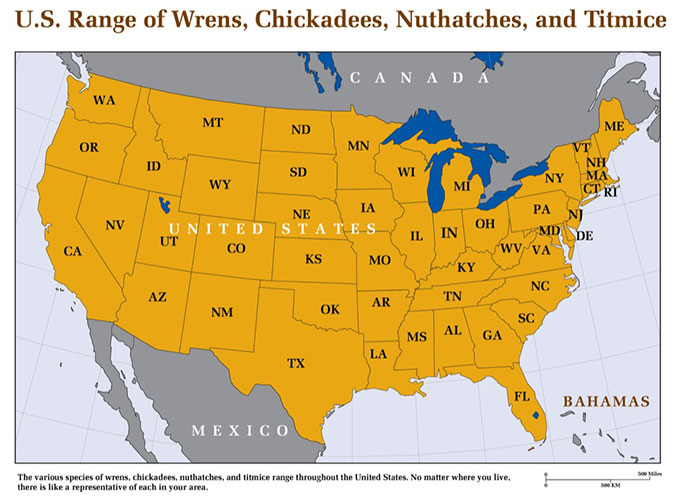Free Shipping to the Contiguous United States
Pole Kit for Bluebird House
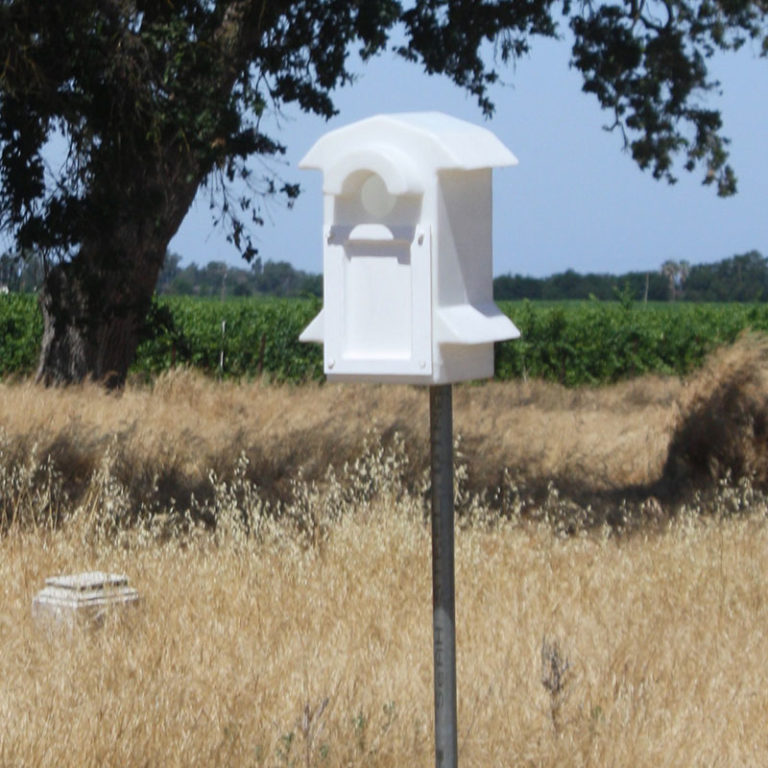
Installing bluebird houses and creating bluebird trails is made fast and easy with this unique pole system combined with the innovative, molded-in pipe channel in the rear of our Bluebird House. The pole system consists of two 3′ long galvanized…

